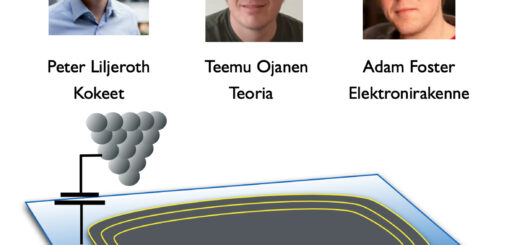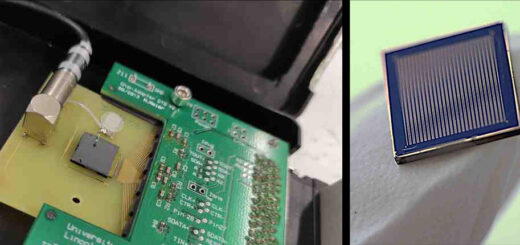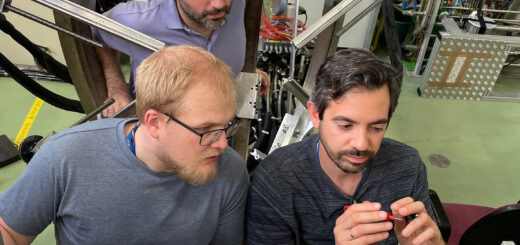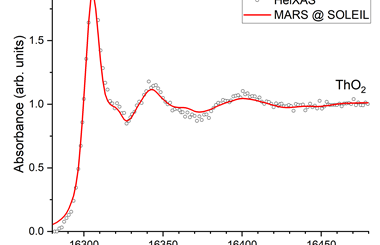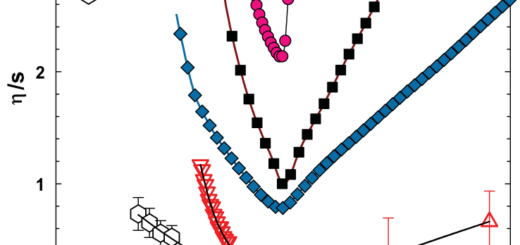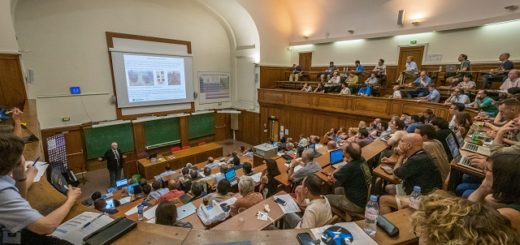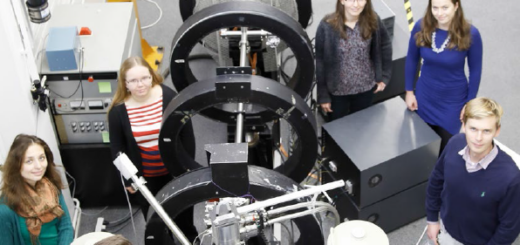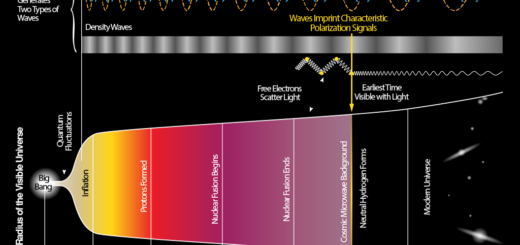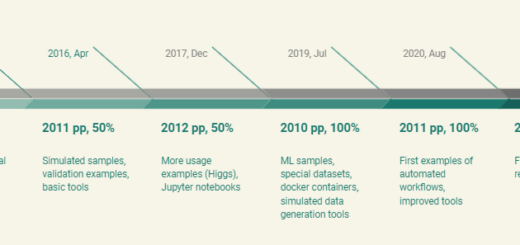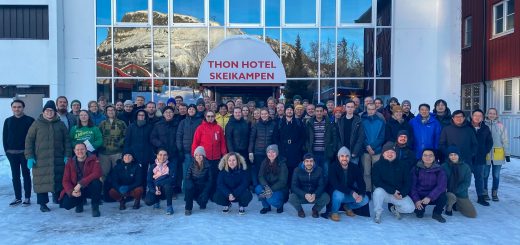Fighting the Equality Paradox in Finnish Science
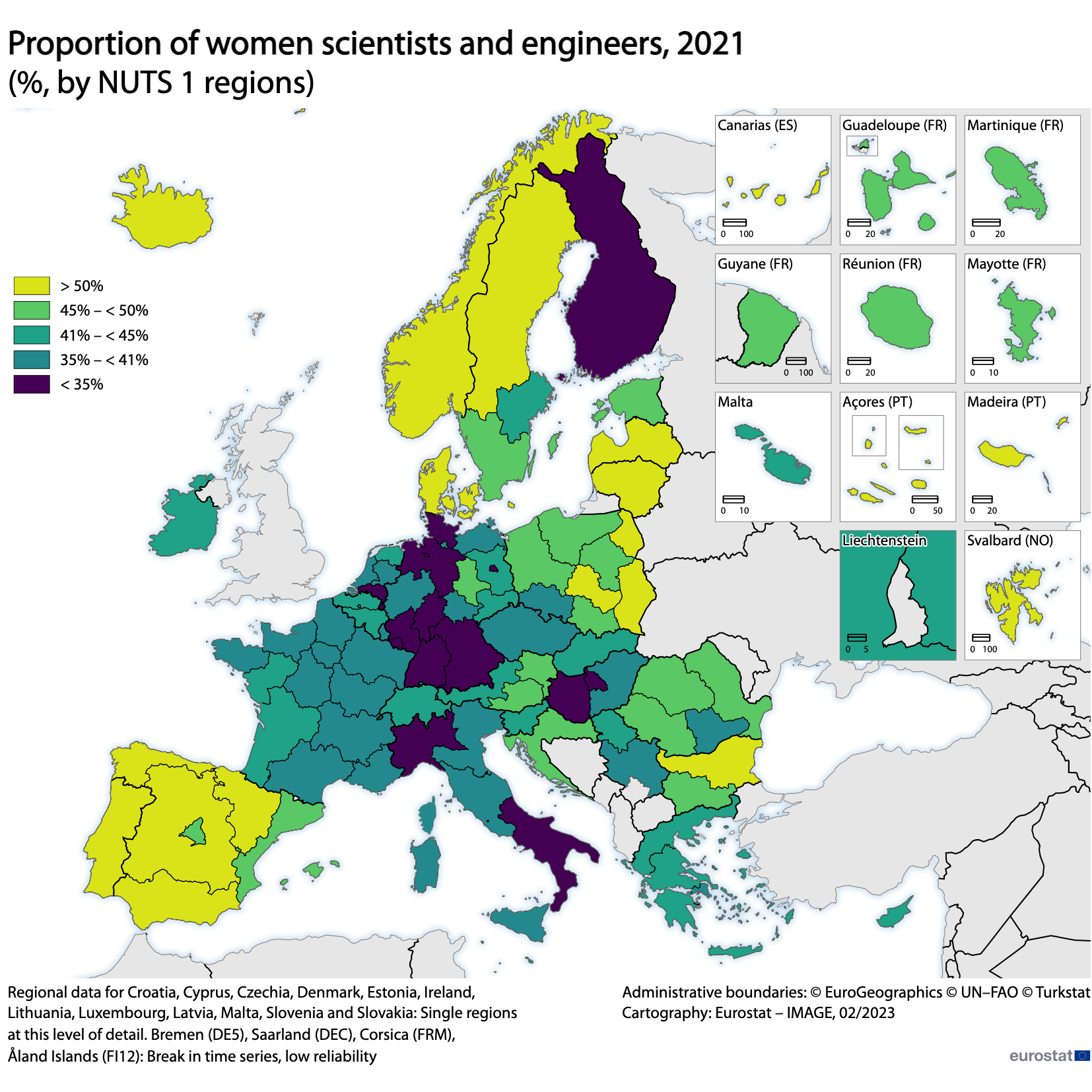
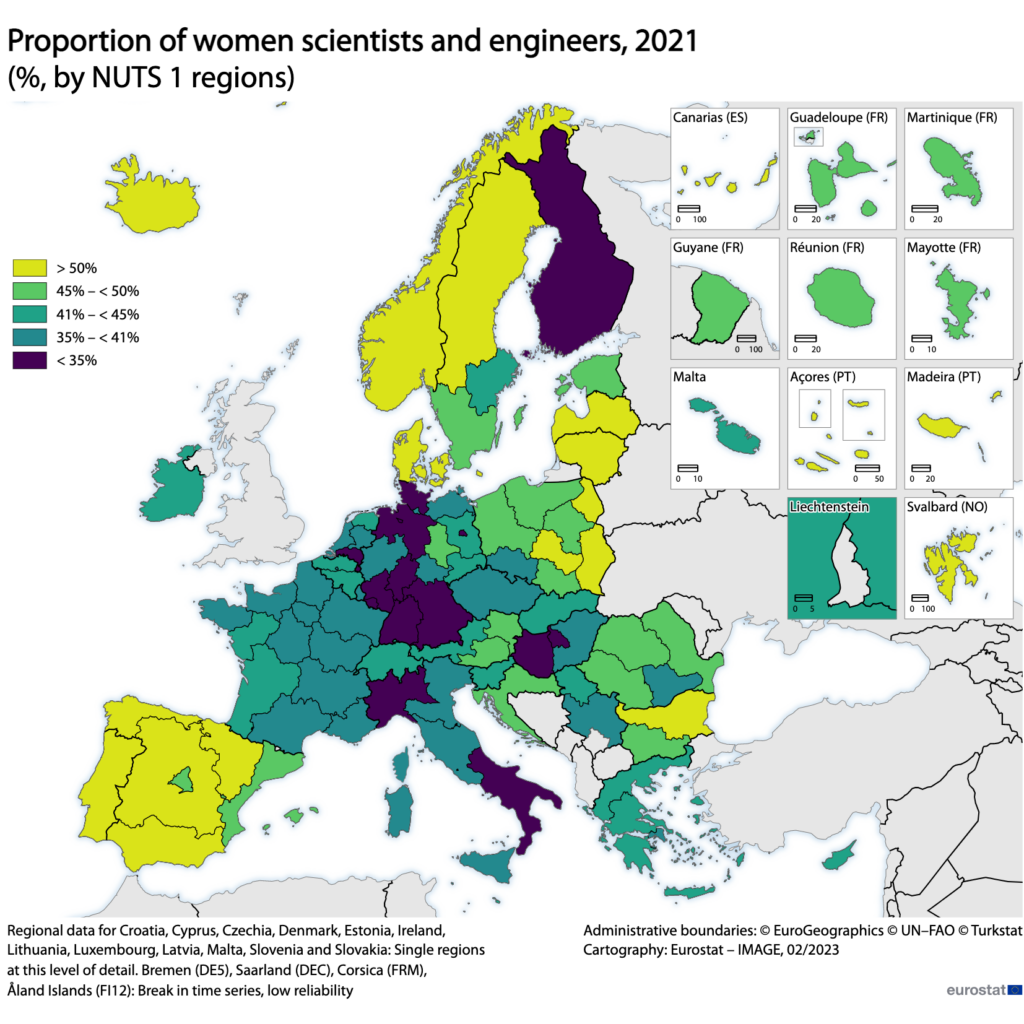
(NUTS, Nomenclature of Territorial Units for Statistics, is an EU standard referencing the administrative divisions of counties)
Finland is one of the most equal countries in the world and in the European Union. However, at the same time, the proportion of women in STEM disciplines, i.e., in Science, Technology, Engineering and Mathematics, is much lower in Finland than in most of the European countries and areas, as demonstrated by the dark color in the attached Figure. The same phenomenon is strikingly visible in the data collected from the University of Helsinki Faculty of Science and in the data from several Finnish University Physics Departments showing typical “gender scissors”, i.e. the proportion of female staff is decreasing when the career level is increasing.
The core reason for this Finnish equality paradox remains unclear. But research provides several approaches for starting to chance the situation of the underrepresentation of women – and the underrepresentation of many other minority groups. In Kumpula, the efficient HIP & Physics wellbeing group and the other departmental wellbeing groups actively participate in promoting several good practices with a strong support from the Faculty and HIP & Physics leadership:
Implicit Biases, or unconscious biases, are perceptions and opinions that we ourselves are not even aware of. They are part of the human nature to save brain from information overload and are activated automatically to help to classify information effectively. According to a multitude of studies from the recent years, they are regarded as the major obstacle for women’s career development in science. However, implicit biases also strongly affect people from many other backgrounds, such as people with different ages, disabilities, ethnicities, health conditions, nationalities, religions, sexual orientations, or socioeconomical standings. The key to combat one’s own implicit biases is to recognize them – and to participate in trainings organized e.g., in Kumpula Faculty and in Kumpula study programs.
Role Models, or the lack of them, are known to affect our perceptions about if we feel welcome to and if we are interested in some disciplines, professions, or workplaces. Not everyone is comfortable being “the-only-woman-in-the-room”, or the first and only representative of their own minority group. But in this aspect our Faculty and our HIP/Physics committees and working groups are demonstrating excellent progress, and nowadays we very seldom see any “all-male-panels” in Kumpula. And as well, we should avoid “all-female-panels”, “all-Finn-panels”, “all-senior/junior-panels”, or anything that is putting aside not only the importance of diverse teams but also the importance of role models.
Recruitment announcements have proven to make a big effect on the amount and type of applications that are received. Thus, for attracting the interest of a diverse group of candidates, it is worth the effort to put attention to such issues as gender-neutral and bias-free wording, special invitations to applicants from minority groups, reference on the possible family friendly policy, and refraining from all-male-recruitment-panels – not forgetting the importance of the employer’s reputation and brand as an ethically strong workplace with high interest in the wellbeing of their personnel.
Family responsibilities demonstrated e.g., by time spent in domestic work are still falling more on women than on men, also in Finland. Combining scientific career and child-care can be challenging for both mothers and fathers, and especially for single parents. Genuinely family-friendly practices can make a huge difference, such as flexible working hours, avoiding meetings after the availability of day-care services, organizing child-care in conferences and workshops, and limiting the number of work trips. One important issue that would need even more attention is the negative effect of the requirement of international post-doc mobility especially on the female scientists’ career development. Namely, the post-doc time typically collides with the time when young adults establish their families, and especially for young mothers it might be very difficult to move abroad and expect the young father to move along and take the major responsibility of the children.
Sadly, Sexual Harassment continues being a severe issue in Finnish Academia. This problem is strongly linked to the power structures that are embedded in the Academic environment due to the dependence of the young researchers from the support and recommendations of their supervisors that affect their next positions and their future careers. As a result, many chocked and confused scientists, especially young females, leave their groups, disciplines, and the entire Academia. Thus, it is very important to be proactive in establishing and implementing good practices, such as active information dissemination about Code-of-Conduct and establishing low-threshold contact points.
Recently, also the Finnish Ministry of Education and Culture put special attention to the importance of promoting equality, non-discrimination and diversity among teaching and research staff in higher education institutions. KOTAMO-project studied recruitments, career development and working environment in universities and found out that there is still a lot of work to be done to improve the situation. The KOTAMO Final Report concluded that equality is discussed more than before, but practical improvements are progressing slowly. The major challenges are insufficient implementation of equality plans, non-transparent recruitment processes, relatively low number of women and ethnic minorities in top career levels, weaker career development of ethnic minorities and the discrimination they experience, and non-inclusive work culture.
Nevertheless, let us keep on working together for the better future. Diversity makes better science!
Eija Tuominen



